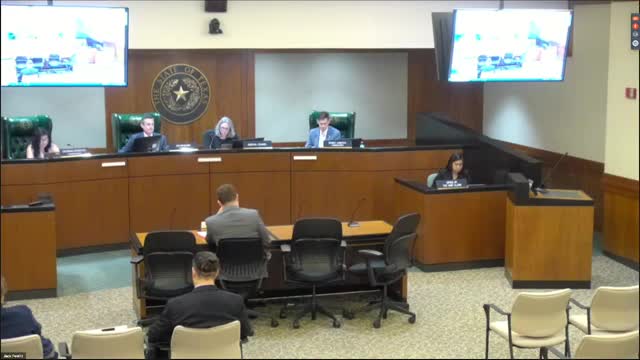EPA faces scrutiny over sham permit practices
August 15, 2024 | Commission on Environmental Quality(TCEQ), Departments and Agencies, Executive, Texas

This article was created by AI summarizing key points discussed. AI makes mistakes, so for full details and context, please refer to the video of the full meeting. Please report any errors so we can fix them. Report an error »

In a recent government meeting, significant concerns were raised regarding the classification of pollution sources as \"minor\" versus \"major,\" particularly in the context of air and water permits. The discussion highlighted the implications of these classifications, which can lead to less stringent oversight from the Environmental Protection Agency (EPA) for facilities deemed minor.
A key point made during the meeting was that if a facility accepts operational limits to qualify for a minor source construction permit but then exceeds those limits, the permit may be considered a \"sham.\" This term, originating from the EPA's 1990 airport permitting manual, refers to permits that do not accurately reflect the operational realities of a facility. The meeting cited multiple examples, including Cheniere and Valero, where facilities have received minor permits despite ongoing expansions that could classify them as major sources of pollution.
Participants expressed frustration with the Texas Commission on Environmental Quality (TCEQ), accusing the agency of failing to adequately regulate these facilities. They argued that the cumulative impact of multiple minor permits issued to a single facility should be considered collectively, rather than in isolation. This approach, they contend, would provide a clearer picture of the environmental impact and ensure more robust regulatory oversight.
The discussion underscored a growing concern among community members and environmental advocates about the potential for abuse of the permitting system, calling for a reevaluation of how minor and major classifications are applied in practice. The meeting concluded with a commitment to further address these issues in future discussions, emphasizing the need for transparency and accountability in environmental regulation.
A key point made during the meeting was that if a facility accepts operational limits to qualify for a minor source construction permit but then exceeds those limits, the permit may be considered a \"sham.\" This term, originating from the EPA's 1990 airport permitting manual, refers to permits that do not accurately reflect the operational realities of a facility. The meeting cited multiple examples, including Cheniere and Valero, where facilities have received minor permits despite ongoing expansions that could classify them as major sources of pollution.
Participants expressed frustration with the Texas Commission on Environmental Quality (TCEQ), accusing the agency of failing to adequately regulate these facilities. They argued that the cumulative impact of multiple minor permits issued to a single facility should be considered collectively, rather than in isolation. This approach, they contend, would provide a clearer picture of the environmental impact and ensure more robust regulatory oversight.
The discussion underscored a growing concern among community members and environmental advocates about the potential for abuse of the permitting system, calling for a reevaluation of how minor and major classifications are applied in practice. The meeting concluded with a commitment to further address these issues in future discussions, emphasizing the need for transparency and accountability in environmental regulation.
View full meeting
This article is based on a recent meeting—watch the full video and explore the complete transcript for deeper insights into the discussion.
View full meeting
